In the first half of this year, credit growth at many banks was higher than mobilization, as idle money was poured into other profitable channels instead of savings.
Among the state-owned group, Vietcombank (VCB) has the largest gap between loan growth and mobilization. The bank's credit reached nearly 8% in the first 6 months of the year, with customer lending increasing by nearly VND100,000 billion. However, VCB's mobilization from the population decreased by nearly 2%, to VND1.37 trillion compared to VND1.4 trillion at the beginning of the year.
This gap is lower at VietinBank (CTG). This bank's customer loans increased by 6.7%, while capital mobilization increased by less than 4%. BIDV (BID) has the lowest gap, but is the bank with the lowest credit growth among state-owned banks. By the end of the second quarter, this bank's credit and mobilization both increased by 6%.
In the private banking group, the gap between credit and mobilization is even larger. Credit growth of the top private banking group such as Techcombank, VPBank or ACB is at a threshold of more or less twice the rate of mobilization growth. For example, Techcombank, credit in the first 6 months of the year increased by about 13%, while capital mobilization was less than 6%. This ratio for VPBank is 11.2% and 6.6%, in which the scale of customer loans of this bank is about 80,000 billion VND higher than capital mobilization.
LPBank is a rare case in the first half of this year where the rate of mobilization growth far exceeds credit, although the rate of loan growth of this bank is the highest in the system. LPBank's outstanding loans increased by 15.2%, while residential deposits increased by more than 21%.

According to VPBank Securities Company (VPBankS), mobilization increased less than credit because people tend to withdraw deposits to buy gold, real estate and investment channels with higher profitability when deposit interest rates are low.
In the first half of this year, gold - a safe haven investment channel - was the channel with the highest profit rate. At its peak before the State Bank intervened to stabilize the market, each tael of gold traded was over 92 million VND, up nearly 25% compared to the beginning of the year. 24K rings were also around 20%. This rate is three times higher than the savings interest rate.
Not only gold, other investment channels such as real estate or stocks also have exciting periods. Apartment price fever Recently, many customers have withdrawn their wallets, fearing that the market will continue to rise. VN-Index started 2024 at over 1,100 points, with three challenges to the 1,300 point zone in April, June and July. Liquidity during this period was high, with many sessions trading value over 20,000 billion VND.
To expand the capital buffer when deposits from residents are somewhat lacking compared to loans, banks tend to mobilize more from many other channels, such as foreign syndicated loans, using tools to issue valuable papers, Issuing bonds... In fact, mobilizing capital from other channels helps banks ensure the LDR ratio (credit balance ratio to mobilized capital), which according to current regulations is a maximum of 85%. In addition, long-term mobilization sources, such as bonds, also help banks ensure other operational safety ratios, such as the ratio of short-term capital for medium and long-term loans at 30%, instead of 34% as before.
According to a report by credit rating company FiinRatings, commercial banks dominate the primary bond market with a value of release in July reached more than VND27,000 billion. This level accounts for 87% of the total market value, more than double compared to the same period last year. By the end of July, banks had issued about VND168,680 billion in bonds, according to data from FiinRatings and credit rating agency VIS Rating.
Banks with large bond issuance volumes include MBBank with VND10,000 billion, Vietinbank with VND5,000 billion and SHB with VND3,000 billion. The banking group also continued to play a major role in bond repurchase activities last month, accounting for 90% of the total value of nearly VND32,100 billion.
"Each bank has a different mobilization strategy due to different capital structures," commented Le Thu Uyen, banking analyst at VPBankS.
Assessing the year-end outlook, experts from VPBankS said that mobilization growth will be more positive, as interest rates are gradually increasing again, the gold market is tightening, the real estate market is in the observation phase due to the law that has just come into effect, along with the gloomy stock market.
In fact, the wave of increasing savings interest rates has begun. get stronger since the beginning of April this year. At that time, the highest interest rate in the system for a 12-month term was only around 5% per year, now it is 6.2% per year. The number of banks paying interest rates of 5% or more has also more than doubled, from 12 to 29 units.
Source


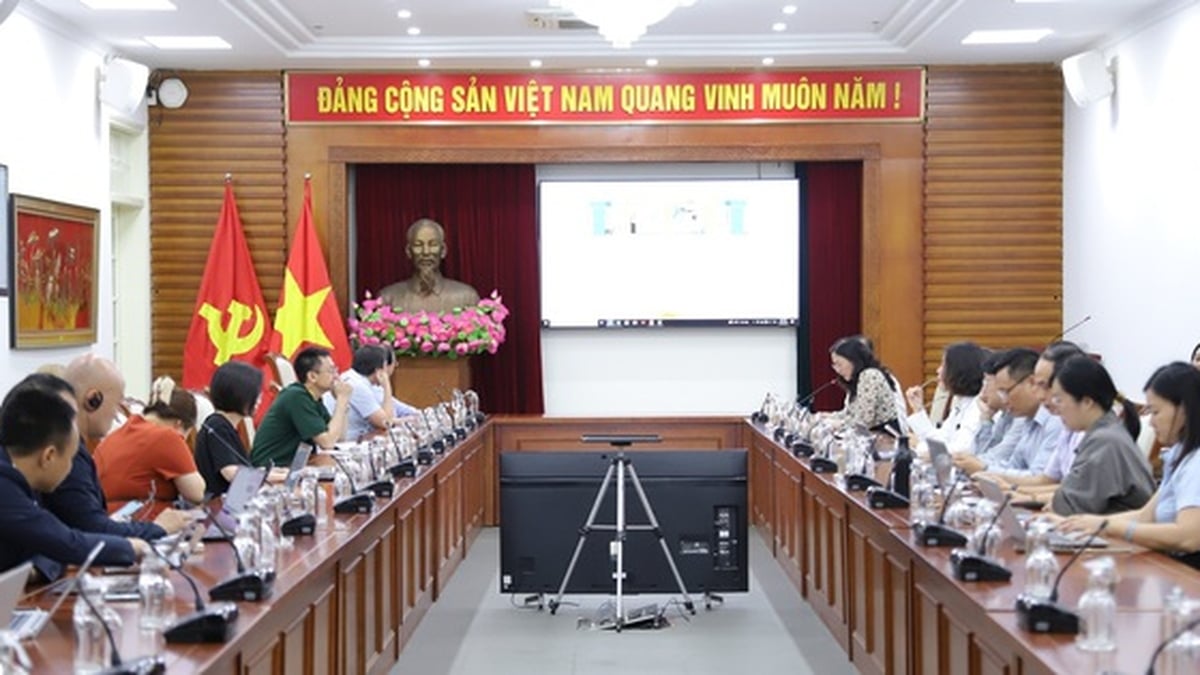
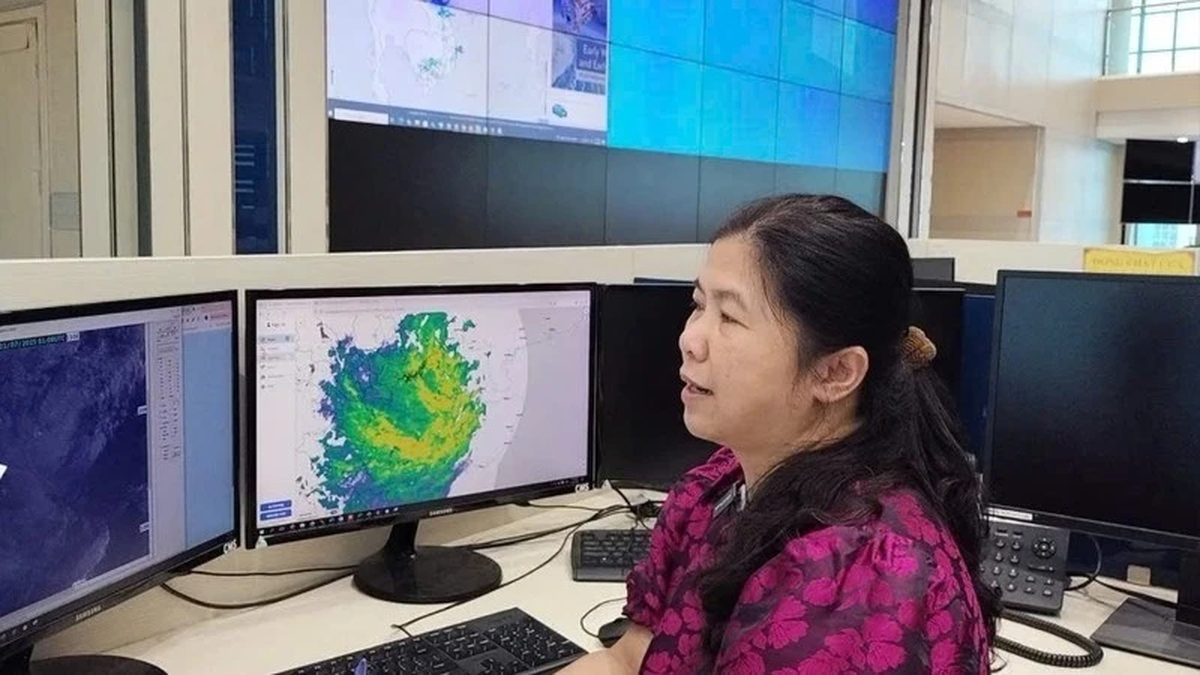
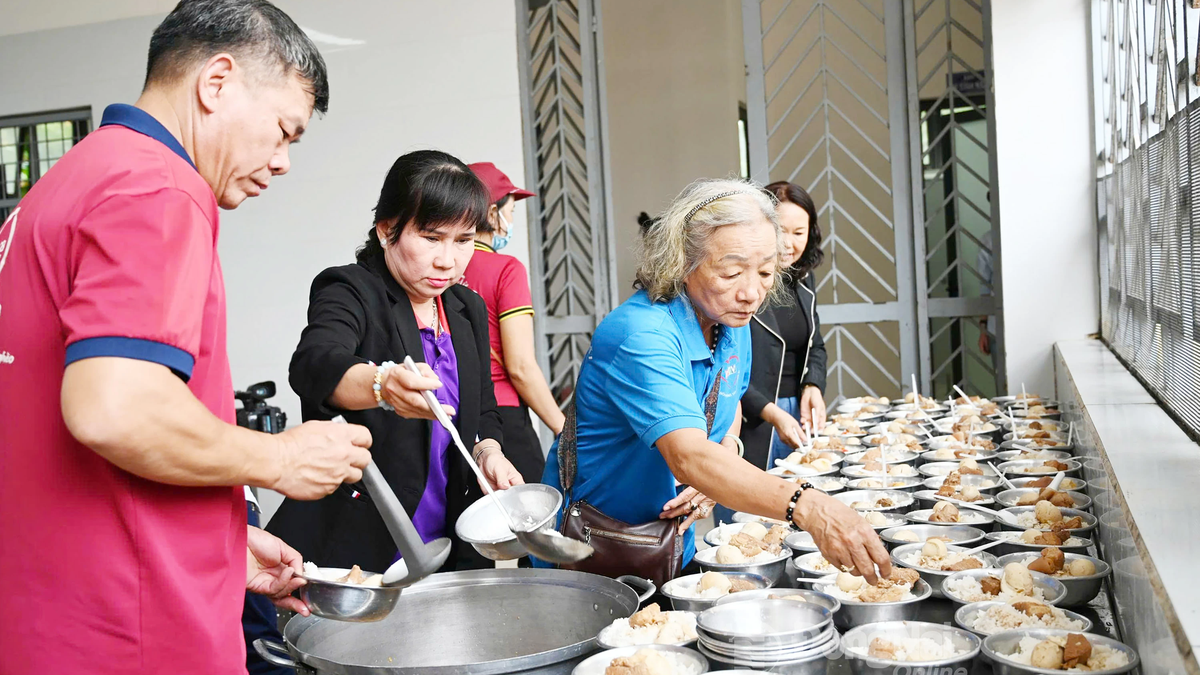



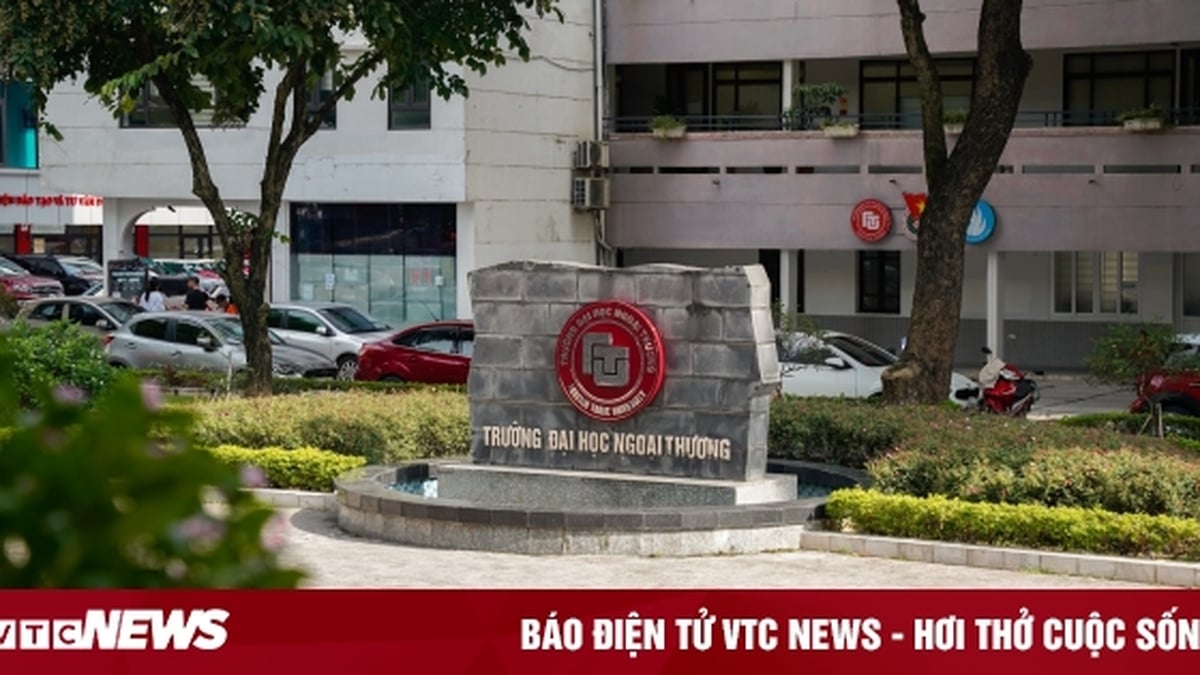




















![[Photo] National Assembly Chairman Tran Thanh Man visits Vietnamese Heroic Mother Ta Thi Tran](https://vphoto.vietnam.vn/thumb/1200x675/vietnam/resource/IMAGE/2025/7/20/765c0bd057dd44ad83ab89fe0255b783)

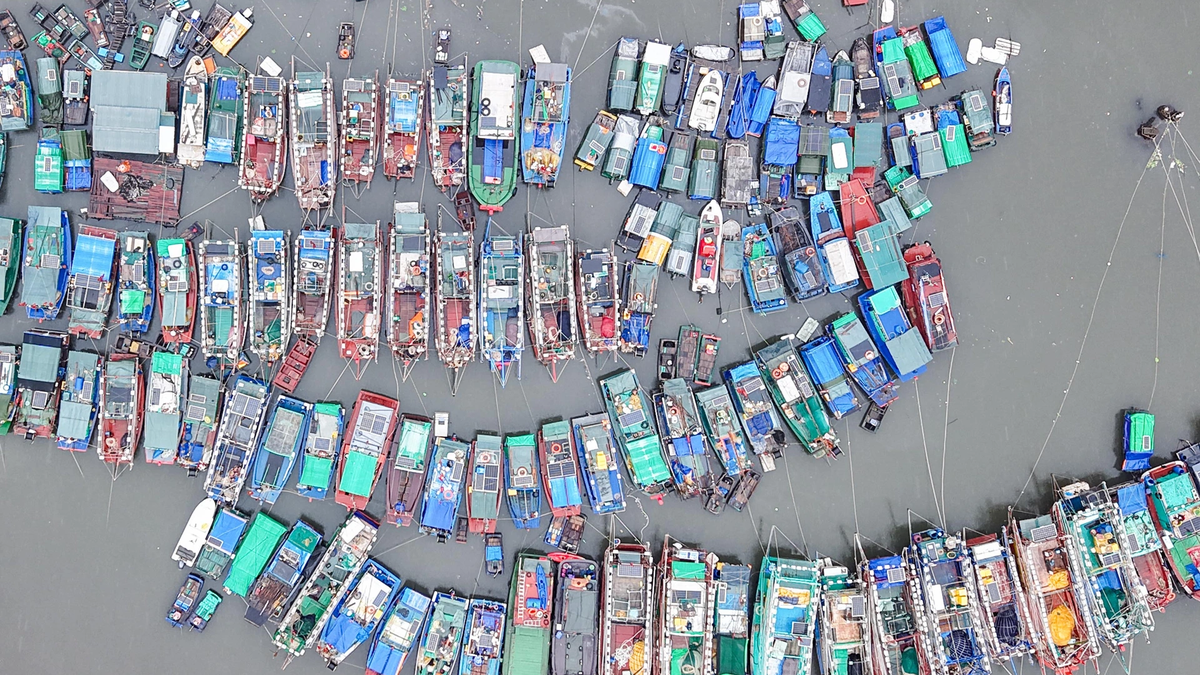



































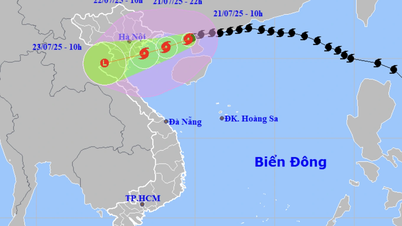



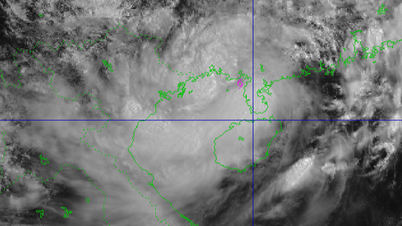



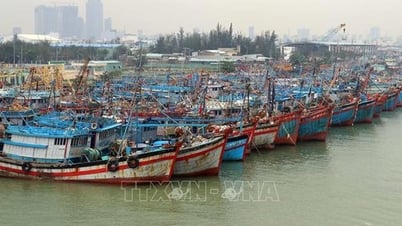


























Comment (0)